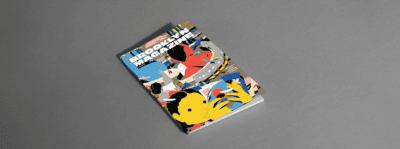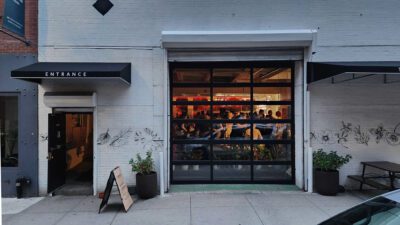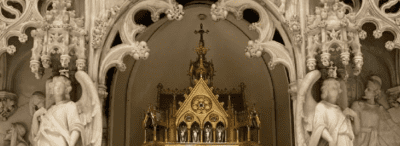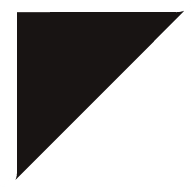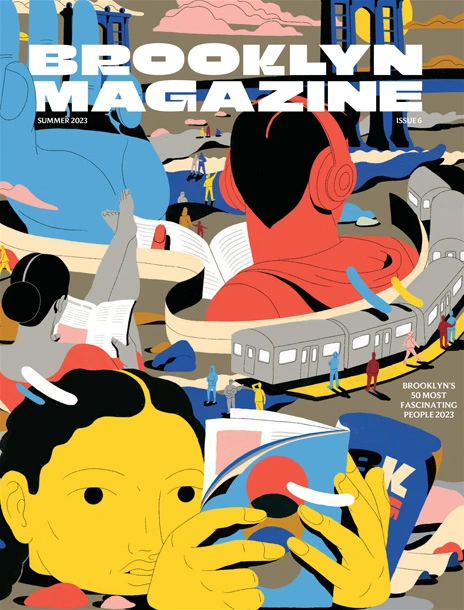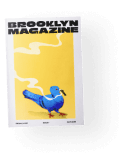At Open Source Gallery, Community Forms Through Accessible Art
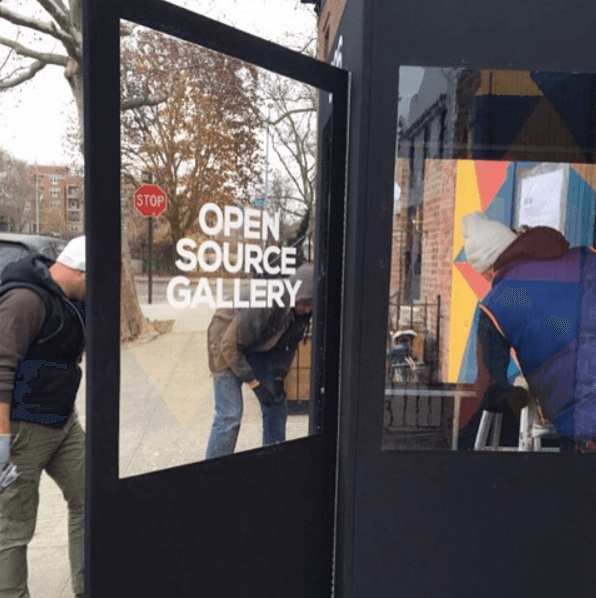
Nestled atop a hill on South Slope’s 17th Street, Open Source is anything but a run of the mill gallery. According to its mission, Open Source is “an arts-based non-profit organization inspired by the open source movement,” a responsibility the gallery’s staff takes seriously. Executive Director Monika Wuhrer tells us she believes art should be accessible to everyone at any age, from any background. This is the ethos behind everything Wuhrer and the gallery’s team of workers and volunteers do for the community.
“In the spirit of this free exchange of knowledge, we provide a forum where art intersects with the community and the world at large,” reads the gallery’s mission. “Open Source energizes a diverse and creative community for people of all ages and backgrounds with an emphasis on expression, experimentation, sustainability, and social engagement.”
This commitment shows through every exhibit the team puts on. Wuhrer stresses that in order to keep the shows as diverse as possible, they look for both local and international artists to highlight many different voices and styles. This means avoiding the typical “friends of friends” route many art institutions take, and instead leveraging the search power of the Internet and outside referrals.
“We don’t want to just represent our friends,” Wuhrer tells us. “We really try to look far beyond our personal taste.”
Aiming to be more than a fine arts gallery, over the years Open Source has organized events sprawling far and apart in interest. Along with the recurring exhibits, Open Source also runs KOKO, their creative kids program, which has garnered endless support and enthusiasm from the community’s children since its launch.
Perhaps one of Open Source’s most unique aspects is its anthological Church of Monika event, curated and organized by Wuhrer. Inspired by religious tradition with its Sunday renditions, Open Source “established the Church Of Monika in 2010 with the intention of communicating and demonstrating the role art can and should have on community.” This includes open talks hosted by a guest, to which anyone is welcomed to skip a boozy brunch and join.
For example this month, in conjunction with Open Source’s Sole Exchange exhibit—currently on view—peer advocate and artist Redell Creary was the latest Church of Monika guest speaker, where he discussed his role as a peer advocate in mental health.
On a recent crisp Sunday morning, Creary addressed “the struggles that people with a diagnosis face everyday, and how the general public can become more of a positive force by understanding the path toward balancing recovery with work life.”
“Through the Healing Arts Initiative (HAI), art helped me to gain a voice, to speak to the people, to have a vision to improve the quality of my life,” Creary explained during his moving presentation, which ignited a discussion regarding mental health and its effects on the community.
The event was part of the Healing Arts Initiative and Open Source Gallery’s latest collaboration: Sole Exchange, an art installation (on view until April 29) curated by Francis Palazzolo.
“Sole Exchange explores the intersection between live performance and representational form, utilizing social practices that enhance intersubjectivity,” according to Open Source’s description of the exhibit.
Describing the exhibit’s name, Sole Exchange—a sort-of play on the sole of a shoe—HAI’s Palazzolo said the collaboration came about when Wuhrer found HAI and decided to collaborate with the organization for its mission.
Regarding the artwork covering the gallery’s walls behind Creary’s speech, Palazzolo said the project “was all about putting yourself into someone else’s shoes going just the beyond normal exchange and getting outside your comfort zone. Engaging the public and doing it in a more public space was important to us.”
The curator continues to say that the idea was to try to get as many members involved as possible. You can see that it’s about social engagement and visualizing yourself as someone else.”
This sentiment shows through the artwork itself, which includes superhero and cosplay representation. Palazzo says, “Whether they be super powers or healing powers, it’s important that when you’re struggling with a trauma you have to get beyond your condition, beyond your state.”
For more information on Open Source Gallery, visit here.
You might also like 














